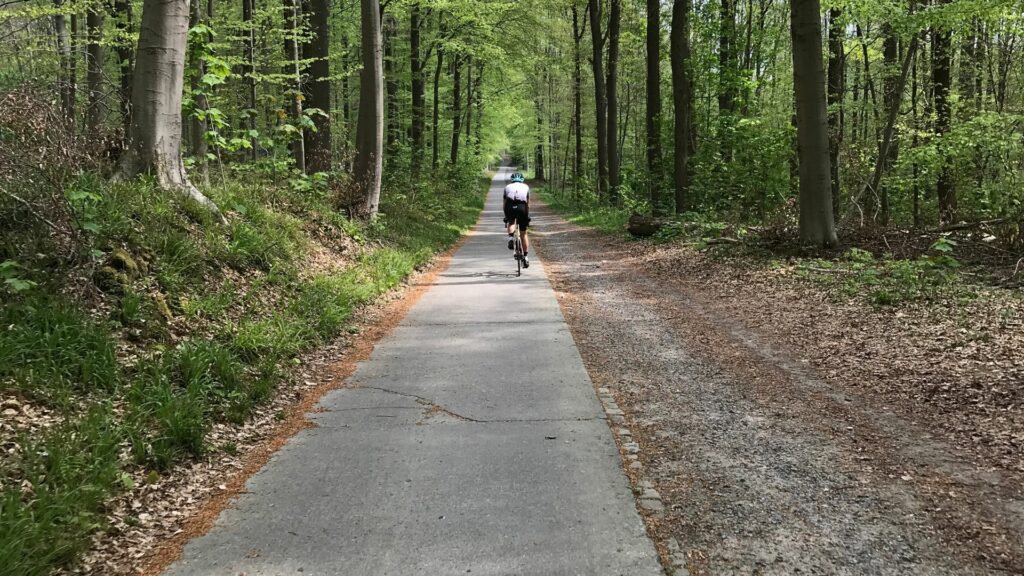The urge to explore the Belgian outdoors by bicycle was a trend that took off during the pandemic, with its appeal raised by the growing interest in more sustainable travel. The sector has responded to demand, with better infrastructure being yet another boost for the sector.
Already before the Covid-19 health crisis, cycling tourism was on the rise, with exciting routes even allowing you to take your bike through the trees and water in Limburg. Since the pandemic, Belgium has seen a marked increase in cycling tourism, that actors at all economic levels have been eager to meet.
"Since the health crisis, there has been an unprecedented increase in the number of cyclists," Charlotte Massagé, Provélo's bicycle tourism project manager, told Belga News Agency. As travel abroad became restricted, a trip in the Belgian outdoors became much more appealing.
This triggered a shift in the tourism sector; in Belgium, the number of certified accommodations for cyclists (often tactically located near official routes, sometimes awarded the "Bienvenue Vélo" label), as well as cycle routes themselves, are multiplying in the hope of capturing this new and booming market.
The profiles of "cyclo tourists" also vary greatly, from the adrenaline-seeking sportsman to a family with children still new to the pleasures of two wheels.
The distance of routes that pass through Belgium and are linked to the European cycling network (EuroVélo) has increased in recent years. Last year, a record number of Belgians consulted the web portal listing the 17 long-distance cycle routes in Europe, among them five that cross Belgium.
While Flanders is increasing the number of themed routes (Route 14-18, Cities of Art and the Green Belt, among others), Wallonia is promoting its 1,500 km of gravel, its nine regional routes and the three EuroVélo routes that traverse the region. In 2022, Brussels also gave the sector a boost, with the completion of the signposting for its network of hubs and the route of EuroVélo 5 in the capital.
Massagé explains that for many, "discovering the country and its population, spending active holidays and travelling in a sustainable way are the main motivations."
While Germany is currently the world's leading destination for cycle tourism, France is making efforts to take its place, and the Netherlands, with its engrained cycling culture, is also making significant investments to promote cycle tourism. "At the crossroads of these different destinations, Belgium has a card to play," concluded Massagé.
Here to stay?
In Belgium, the growing popularity is plain to see, with countless guidebooks dedicated to Belgian cycle tourism and travel agencies specialising in "slow tourism", not to mention festivals and events dedicated to bicycle travel. Yet data is lacking to quantify the uptick in Belgium.
Yet in neighbouring countries, studies highlight the surge in interest. In Germany, more than 3.9 million people travelled by bike in 2021 (+500,000 compared to 2020). The Netherlands recorded 3 million cycle tourists on the territory.
Related News
- Flanders wants 1,000 km of new cycle paths but towns not interested
- 'Brussels streets becoming more like Dutch ones,' says EU Commissioner
Pauline Bellefontaine of Visit Wallonia noted that all the indicators in Belgium show that the trend is set to continue. "In view of the investments in the three regions and in most European countries, we can predict a further increase in the number of cycle tourists in the next few years."


